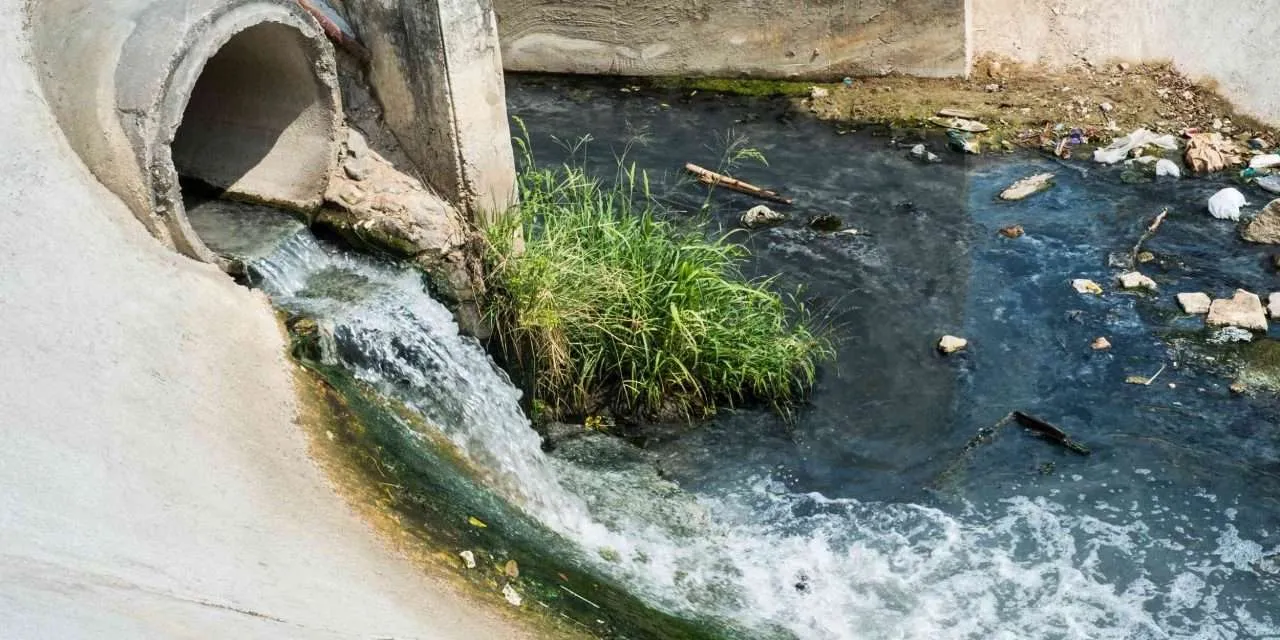Understanding Bioremediation to resolve challenges of Open drainage systems.
Open drains were used initially for discharging rainwater by collecting them through various channels and directing it towards a water source. While this helped avoid flooding and enabled improved water source levels, open drains eventually became a dumping ground for domestic, agricultural, and manufacturing waste leading to blockages, unhealthy odour, and poor management. In addition, lack of maintenance by the associated government bodies and negligence by the general public has led to drains that rarely function as they are supposed to leading to very unhealthy surrounding, mainly in the urban areas.
Open drainage has been a challenge that has been unmanageable for far too long. Whether its hazardous impact on human health or the environment, addressing the challenges of open drainage is the need of the hour. Open drainage is a breeding ground for numerous diseases ranging from typhoid to diarrhoea, asthma, and other stomach infections due to breathing the contaminated odour. In addition, open drainage carries the toxic chemical discharge from industries, faeces, and pesticides from agricultural fields mixed with freshwater sources and causes severe contamination levels.
Water crisis, mounting challenges to sewage treatment systems due to the growing population, untreated sewage from industries, agriculture, and human activities have added to the existing issues. Open drainage exposes human discharge and poses numerous threats to the environment and all living beings. It is about time to replace the open drainage systems. Cleaning them up without causing an imbalance to the ecosystem and health threats to humankind can be pretty challenging.
Thanks to bioremediation methods that are entirely natural, non-toxic, and safe. While open drains can cause many challenges ranging from lousy odour to health hazards, using harsh chemicals to clean up will do more harm than good. The process of bioremediation involves the removal of waste through organisms. Specific combinations of bacteria help form biofilms and odour control inflowing wastewater.
A biofilm is a group of microorganisms that clean up based on the type of water body. In some cases, biofilms use various removal methods like bioaccumulation, biosorption, biomineralisation, and biodegradation. Biofilms break down the microbial population and digest various contaminants, irrespective of the removal method.
Bioremediation involves various steps like:
- Attaching themselves to the microorganisms
- Hydrogen bonding
- Forming a monolayer of microbe colonies on the water surface
- Attaching themselves to the debris
- Creating new bacteria and dispersion of bacteria.
Bacteria and fungi play a vital role in the process of bioremediation. These microbes help to break down the waste into organic matter.
Contaminated water is usually purified through chemical treatment, burying in a landfill, or bioremediation techniques. While the latter two are highly toxic and may cause considerable damage to the ecosystem, the bioremediation method is the most natural and sans any chemical usage. On the other hand, the incineration method involves burning waste and other unwanted substances. This method, also called thermal treatment, leaves behind gas and heat generated from organic waste and ash from the inorganic material.
There are three types of bioremediation:
Biostimulation, as the name suggests, involves the stimulation of bacteria. When it comes to contact with other components in the form of gas/ liquid, the particular nutrient substances lead to the stimulation of microbes and helps remove contaminants.
Bioaugmentation involves adding bacterial culture for the degradation of contaminants. While organisms already present in the waste are at work, they may be slow. Adding new culture to the mix helps to speed up the process. While this works best for municipal wastewater, there is also the challenge of no control over the growth of microorganisms.
The third type of bioremediation is the intrinsic method that works best to clean up underground petroleum tanks where leakage and contamination are difficult to detect, and microorganisms do their best to clean up the toxins.
Bioremediation offers several benefits. Eco-friendly, cost-efficient, and scalability tops the list.
- Bioremediation techniques are one of the best methods used to clean up water sources, improve air quality, and manage the health of the soil. It is also a less intrusive method that does not damage the ecosystem and cause any harm to human health.
- Conventional methods of wastewater treatment come with a considerable cost. However, the bioremediation methods use cost-efficient technology and cleaning methods.
- Bioremediation methods are scalable. Due to its flexibility, cleaning up massive water sources to smaller landfills is all manageable with bioremediation.
Enzymes are a vital part of the bioremediation process. Enzymes are those proteins that group and help in breaking down pollutants. Bacteria secrete these enzymes and can react a hundred thousand times faster than uncatalysed reactions. These reactions further get consumed by microorganisms. Enzymes choose the substrates that they would like to manufacture or destroy. When enzymes come in contact with molecules, they form an enzyme-substrate complex. It helps to weaken the chemical bond, degrade it through catabolism, and break them into simpler molecules.
While all enzymes take birth from within a cell, endoenzymes are the intracellular enzymes that work inside the cell. The extracellular enzymes also called exoenzymes, work outside the cell membrane. However, when both of them are in the same area, they begin competing for food, and the weaker one of them will disappear. Therefore, the bioremediation cleaning method helps remove sludge and odour and is also the most cost-efficient and environmentally friendly solution.
Conclusion
Open drainage system continues to be one of the challenges that need urgent addressing. While there are many methods of clean up to stop them from contaminating the water sources, bioremediation methods are the best considering they are non-toxic, cost-efficient, use zero chemicals, and help restore the ecosystem. In addition, bacteria and fungi play a vital role in cleaning up the sludge and are the most eco-friendly cleaning method.

